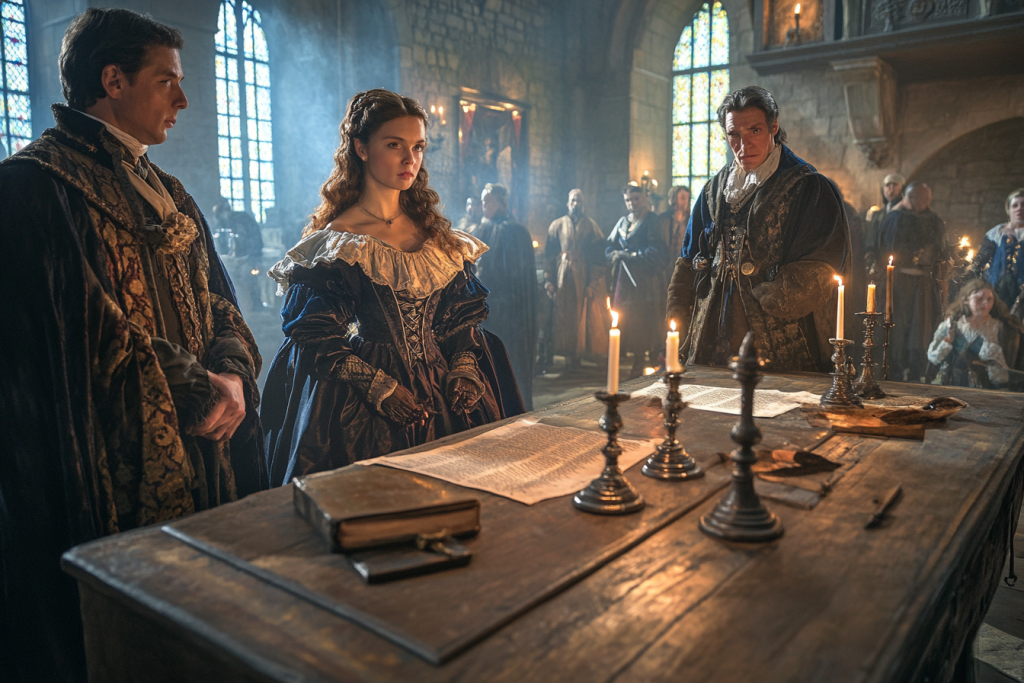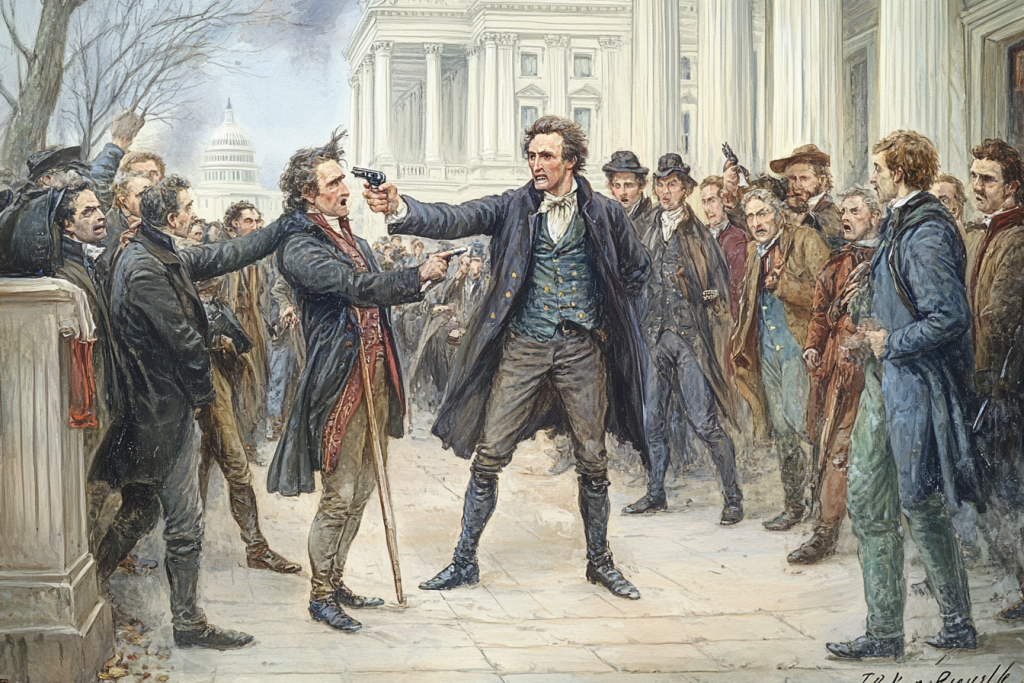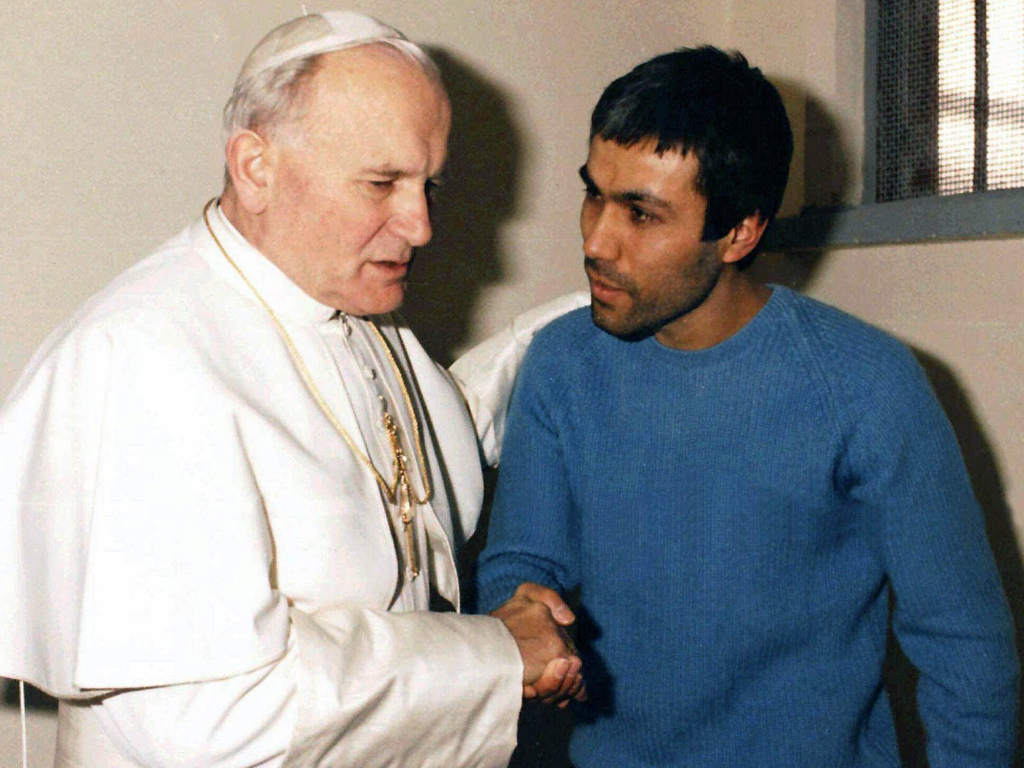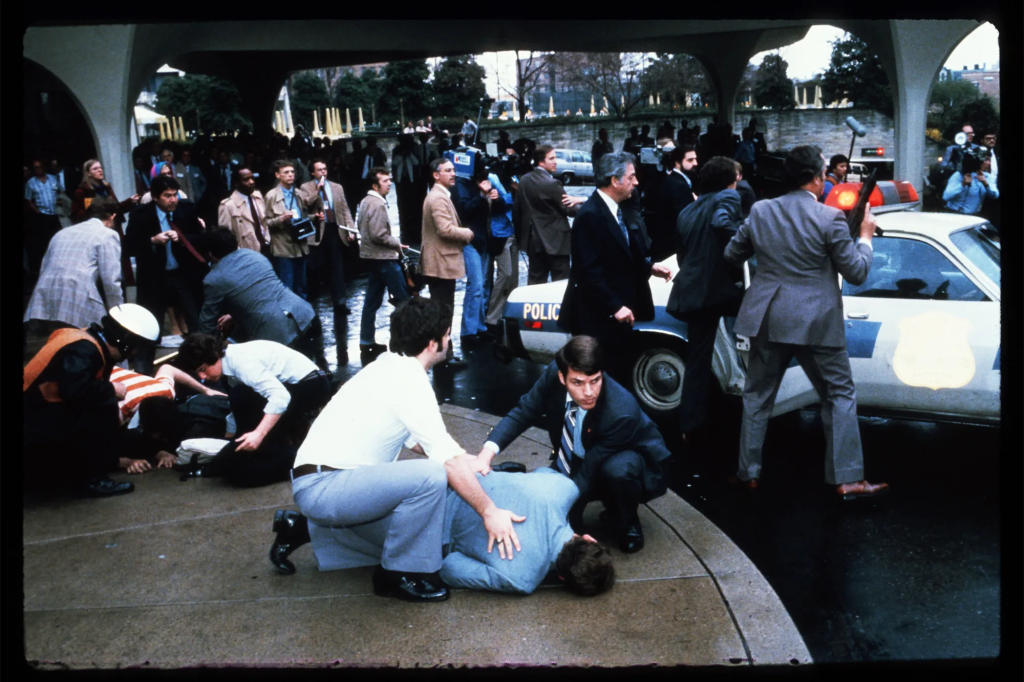It is often said that the history of the world is a biography of great men. The world as we know it today was shaped by the influence of powerful leaders, revolutionaries, and some controversial figures.
But what if these people died early? How would the world today be different?
While successful assassinations like those of Archduke Franz Ferdinand or JFK dominate our collective memory, failed attempts carry their own tantalizing “what ifs.”
From misfired pistols to botched explosives, these near-misses remind us how close we came to a different world. Let’s dive into eight failed assassination attempts that could have rewritten history.
1. The Babington Plot: Elizabeth I’s Spy Game (1586)

How the Babington Plot Happened
Catholic nobleman Anthony Babington conspired with Spanish agents to assassinate Protestant Queen Elizabeth I and install her cousin, Mary, Queen of Scots, on the English throne. The plot involved coded letters smuggled to Mary in prison, outlining plans for a Spanish invasion and Elizabeth’s murder.
Fortunately (or unfortunately for Anthony), Sir Francis Walsingham, Elizabeth’s secretary of state, intercepted the letters, decoded them, and even forged postscripts to entrap Mary.
Although Mary’s role in the affair was questionable, Queen Elizabeth used the opportunity to get rid of her. When the plot unravelled, Babington and his co-conspirators were hanged, drawn, and quartered, while Mary was beheaded in 1587.
How the World Might Have Changed
Had Mary taken the throne, England would likely have reverted to Catholicism, aligning with Spain against Protestant Europe. This could have altered the outcome of the Anglo-Spanish War: Spain’s 1588 Armada might not have been defeated, reshaping colonial expansion in the Americas.
Protestantism’s decline in England could have stifled the rise of the British Empire, delaying or derailing the Enlightenment and Industrial Revolution.
2. President Andrew Jackson’s Damp Powder Miracle (1835)

How It Happened
Richard Lawrence, an unemployed house painter, was the first person ever to attempt the assassination of a United States president.
He was convinced that he was the “true heir” to the English throne and decided to ambush and kill Andrew Jackson, the 7th president of the United States.
He fired two pistols at point-blank range, but both misfired due to damp gunpowder (possibly from humidity).
Before he could try again, he was wrestled to the ground by bystanders and arrested. Lawrence was later deemed insane and institutionalized.
How the World Might Have Changed
Jackson’s death would have elevated Vice President Martin Van Buren during the Panic of 1837. Van Buren’s opposition to federal intervention might have worsened the economic crisis, accelerating Southern states’ reliance on slavery and fueling sectional tensions.
Jackson’s absence could also have delayed the forced removal of Native Americans via the Trail of Tears, altering westward expansion and Indigenous resistance.
3. Theodore Roosevelt’s Failed Assassination (1912)

How It Happened
While campaigning for the Progressive (“Bull Moose”) Party in Milwaukee, former President Roosevelt was shot in the chest by John Schrank, a mentally unstable saloonkeeper who believed “no third term” presidents should run.
The bullet pierced Roosevelt’s steel eyeglass case, and a 50-page speech folded in his coat, slowing its trajectory. Roosevelt famously finished his 90-minute speech before seeking medical care.
How the World Might Have Changed
Roosevelt’s death would have collapsed the Progressive Party, handing the 1912 election decisively to Democrat Woodrow Wilson.
Without Roosevelt’s antitrust efforts and conservation advocacy, Wilson’s policies might have faced less resistance, delaying the National Park Service and weakening labour reforms.
The U.S. might also have entered WWI earlier, given Roosevelt’s hawkish stance. This might have caused the war to end in a very different way.
4. Fanny Kaplan’s Bullets and Lenin’s Legacy (1918)

How It Happened
Fanny Kaplan was a Socialist Revolutionary who blamed Lenin for betraying the revolutionary cause. She was opposed to Bolshevik authoritarianism and decided to end it by killing Lenin.
She ambushed and shot him twice as he left a Moscow factory. One bullet lodged in his neck, the other in his shoulder.
Lenin survived but suffered strokes later linked to the injury. This eventually led to his death in 1924. Kaplan was executed without trial, and her body was burned in an unmarked grave.
How the World Might Have Changed
Lenin’s immediate death could have triggered a power vacuum. Leon Trotsky, not Stalin, might have succeeded him, avoiding the brutal purges and forced collectivization that killed millions.
A Trotsky-led USSR might have prioritized global revolution over “Socialism in One Country,” potentially spreading communist uprisings to Europe and altering WWII alliances.
5. Operation Valkyrie: Stauffenberg’s Plot on Hitler (1944)

How the July 20 plot Happened
German Colonel Claus von Stauffenberg placed a bomb in a briefcase under a map table at Hitler’s Wolf’s Lair headquarters. The blast was partially deflected when an officer moved the briefcase behind a thick oak table leg.
Hitler miraculously survived with minor injuries. Stauffenberg and 500 suspected conspirators were executed in a brutal Nazi crackdown.
How the World Might Have Changed
A successful coup would likely have seen Germany surrender to the Allies in 1944, shortening WWII by a year and saving up to 1 million Holocaust victims.
Postwar Europe might have avoided Soviet dominance, preventing the Cold War’s East-West divide. The atomic bomb might never have been used on Japan. And the soviet union might not create an atomic bomb as early as they did.
6. Castro’s Exploding Cigar Fiasco (1960s)

How Failed Operation Mangoose Happened
The CIA’s Operation Mongoose was a failed assassination plot to kill the Cuban leader Fidel Castro with a Botulinum toxin-laced cigar. The plan failed when Castro either never received the cigar or quit smoking that day (accounts vary).
Over 600 CIA assassination attempts—from poisoned wetsuits to exploding molluscs—were similarly foiled.
How the World Might Have Changed
Castro’s death might have reinstalled U.S.-backed dictator Fulgencio Batista or a puppet regime, keeping Cuba in America’s orbit.
The Cuban Missile Crisis (1962) could have been averted, but Soviet influence in Latin America might have shifted elsewhere. Che Guevara, alive and unconstrained, could have fueled revolutions globally.
7. Pope John Paul II’s Divine Survival (1981)

How It Happened
Turkish extremist Mehmet Ali Ağca shot the Pope four times in St. Peter’s Square, narrowly missing his aorta. John Paul II credited his survival to the Virgin Mary’s intervention and later forgave Ağca.
The shooter was linked to far-right groups and the KGB of the Soviet Union. He served 19 years before being pardoned.
How the World Might Have Changed
The Pope’s death would have weakened the Catholic Church’s role in undermining communism.
His support for Poland’s Solidarity movement was pivotal in eroding Soviet control; without it, the USSR might have delayed reforms, prolonging the Cold War.
The 1989 fall of the Berlin Wall could have stalled, leaving Eastern Europe under authoritarian rule.
8. President Ronald Reagan’s Lucky Ricochet (1981)

How it Happened
John Hinckley Jr. was obsessed with actress Jodie Foster and tried to impress her by killing President Ronald Reagan. He fired six shots at Reagan outside the Washington Hilton.
A bullet ricocheted off the presidential limousine and pierced Reagan’s lung, stopping an inch from his heart. Quick action by the Secret Service and surgeons saved his life.
How the World Might Have Changed
Reagan’s death would have thrust Vice President George H.W. Bush into office four years early. Bush’s less confrontational Cold War approach might have slowed military spending, emboldening the USSR.
Without Reagan’s “Evil Empire” rhetoric, Gorbachev’s reforms might not have gained traction, delaying the Soviet collapse.
Read Also:
Seven reasons why being a Vietnam “Tunnel Rat” was a death sentence
Seven Deadliest Snipers in History
Conclusion
These near-misses are more than footnotes—they’re hinges of history. Each event preserved a timeline we now take for granted.
Yet, in these moments of chaos and chance, we see how fragile our world truly is. What other alternate histories lurk in the shadows of failure? Share your thoughts below—and ponder what might have been.
Which “what if” scenario fascinates you most? Let’s debate in the comments!
